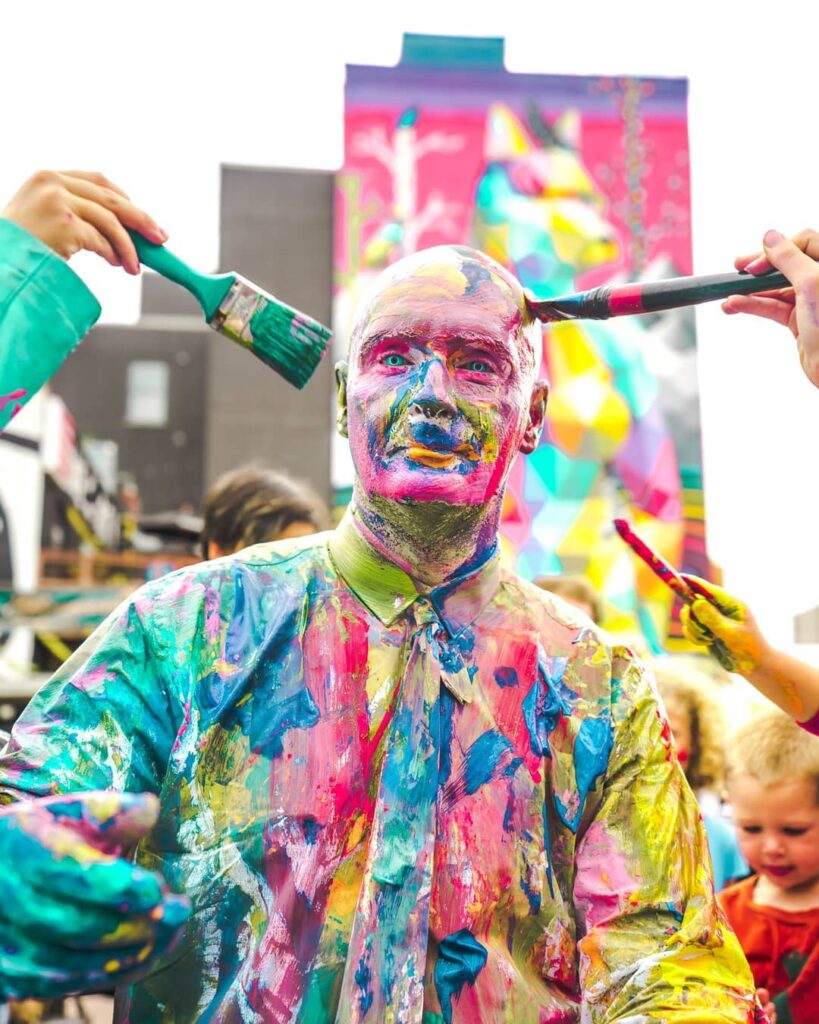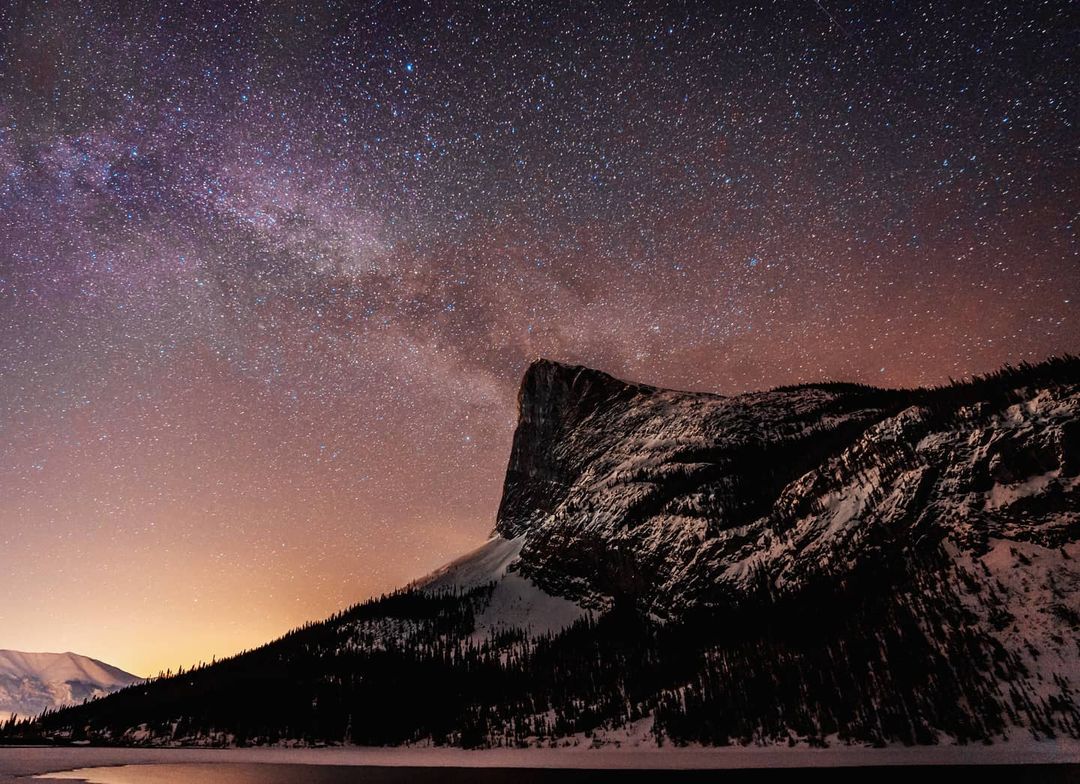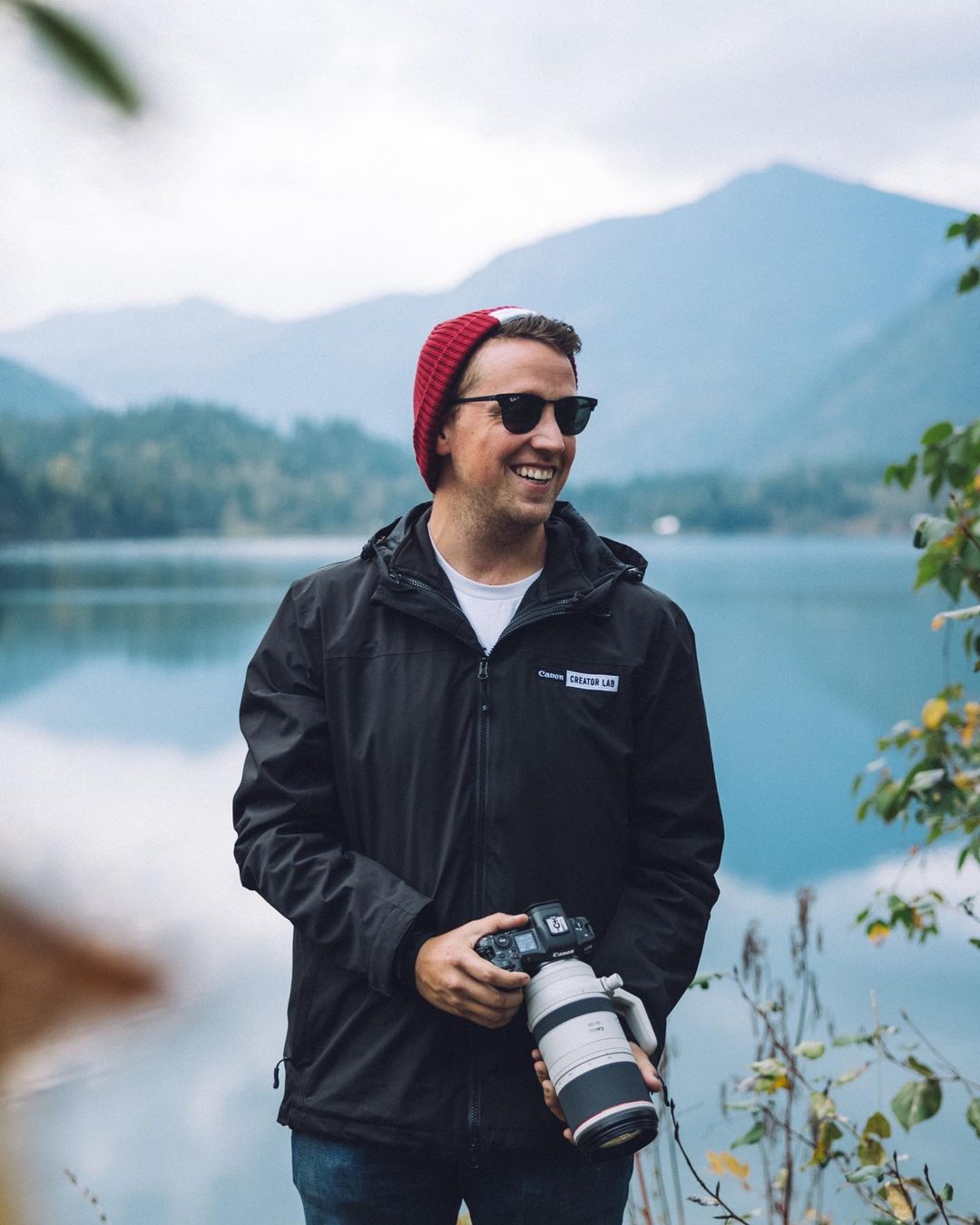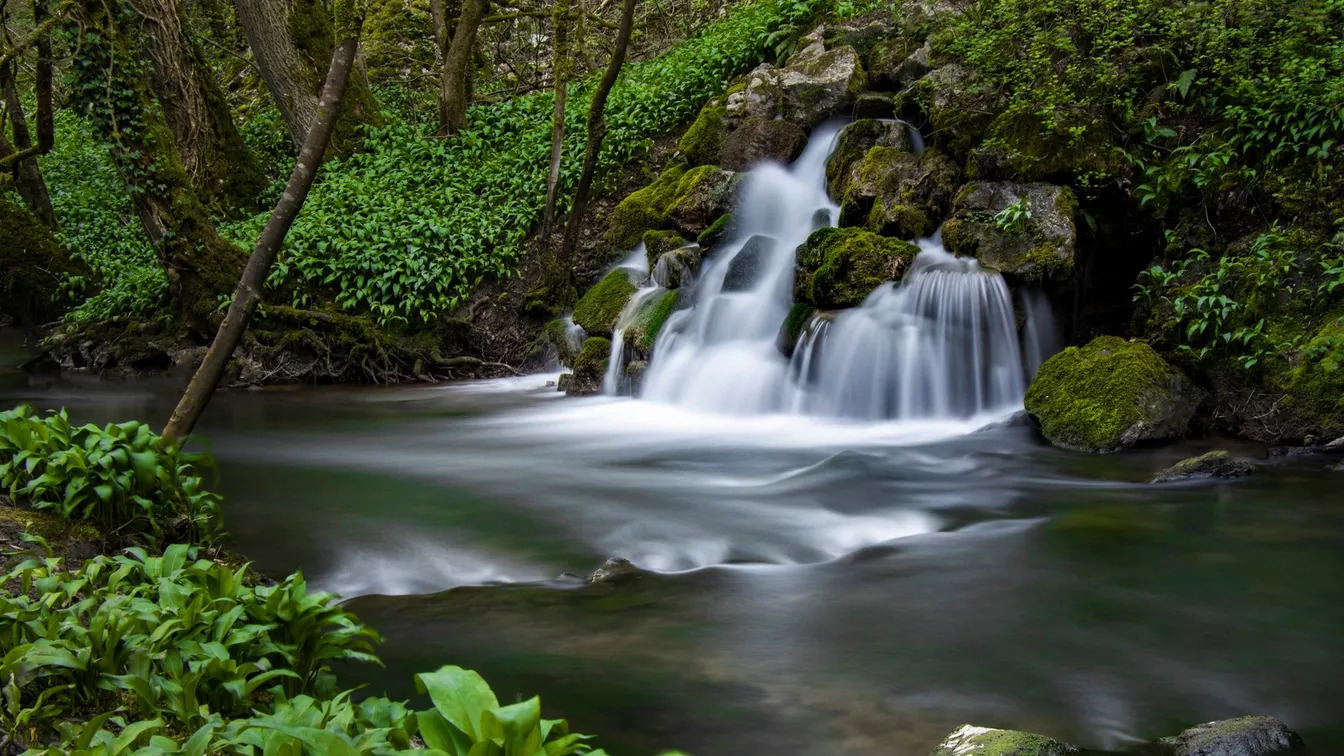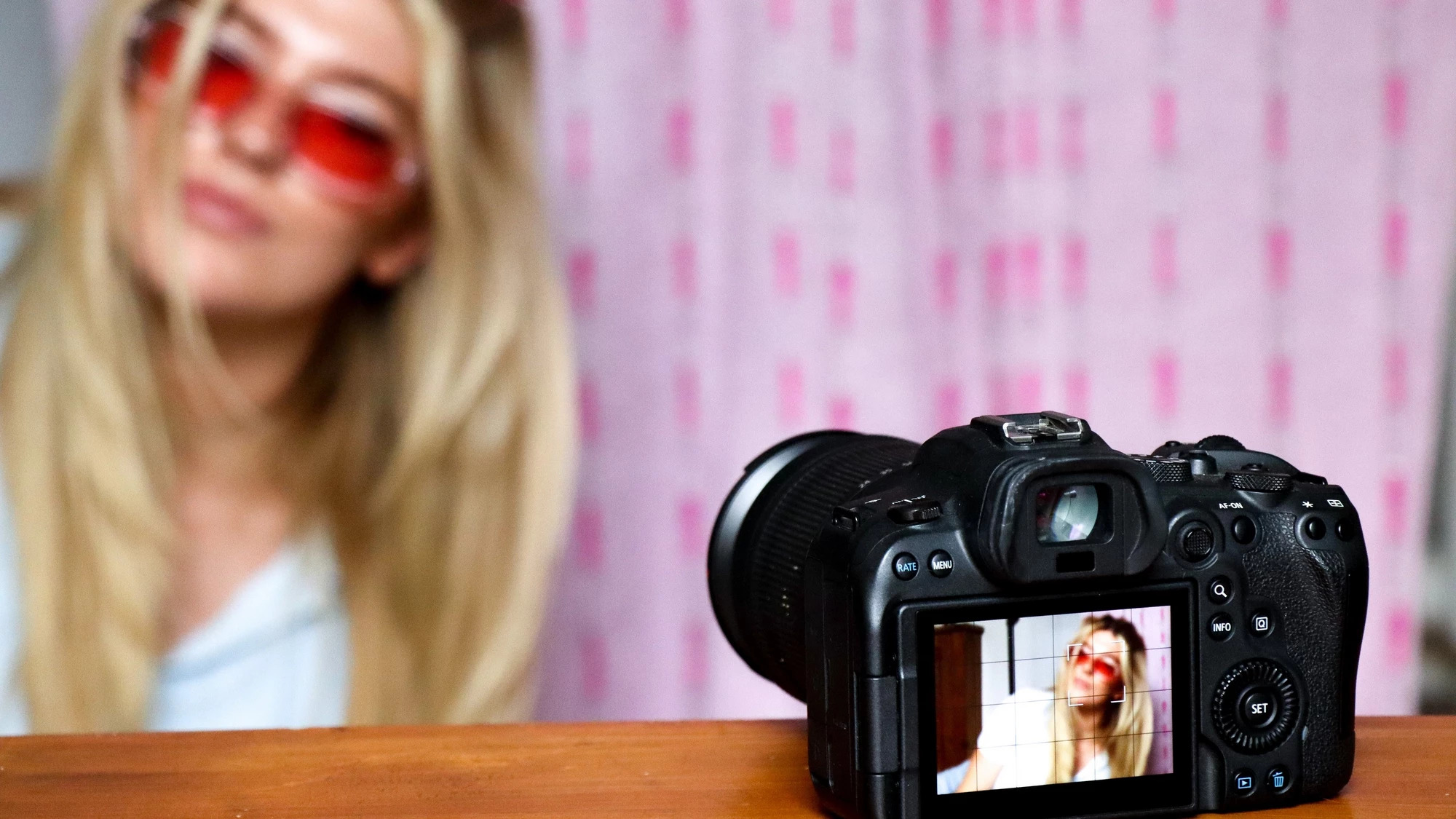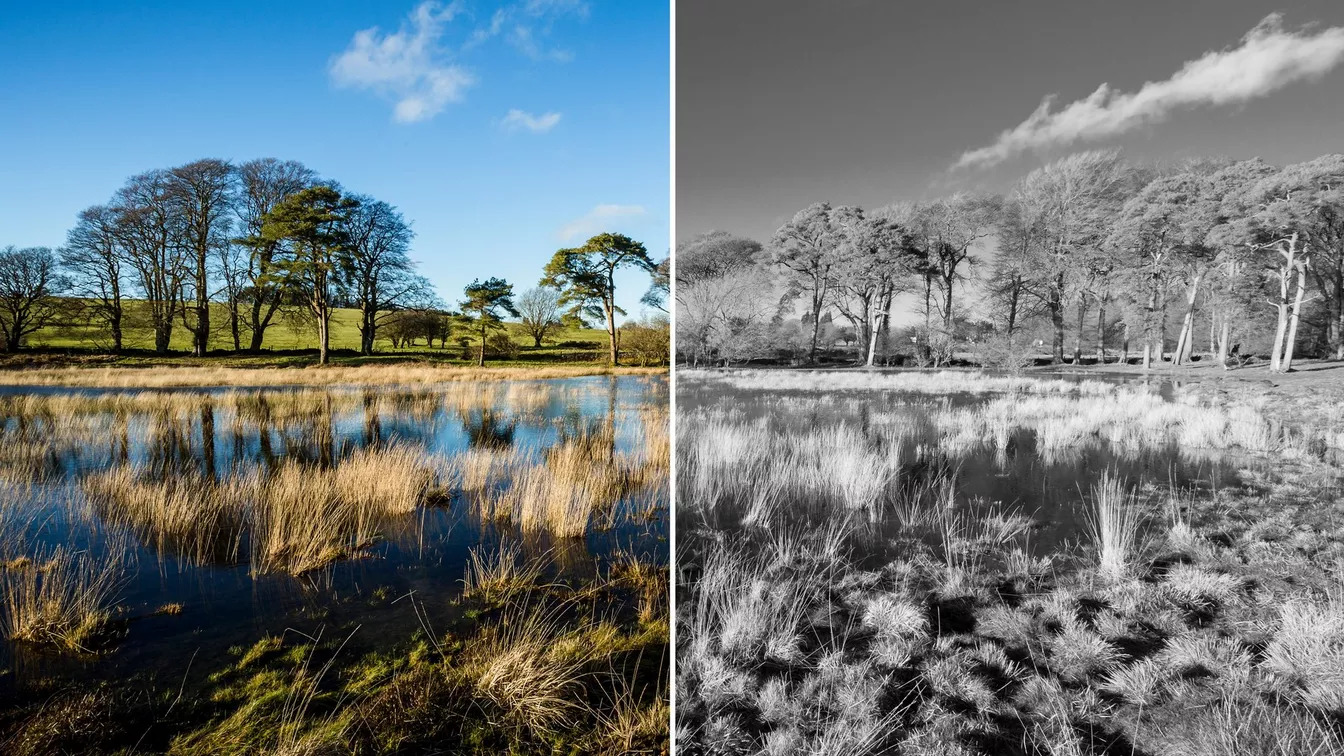For Jacob Clark, travel and tourism photography is more than just a medium to capture visual beauty, it’s a means of appreciating the world as a habitat that demands our care and deserves preservation.
It’s not hard to imagine why someone would be inspired to capture the stunning vistas at the summit of a Canadian mountain top with friends, let alone at sunset. But for Jacob Clark, it was about celebrating those in-between moments that attracted him to photography. “I loved capturing those candid moments hiking up the mountain and someone drops their water bottle and everybody’s laughing.”
The transition from hobbyist to professional wasn’t without a few stumbles. “There was a massive Aurora over Calgary one night, and it was so bright that you could see it from downtown looking up with the naked eye. It was just like the whole sky was glowing.” And like every other photographer within driving distance, Clark grabbed his gear bag, rented a car and headed to the mountains. “I set up my camera, get the tripod out and the conditions are perfect.” While the weather was co-operating, life had other plans. “I look at the back of my camera and I get a little notification that says No SD card. It was the most stunning Aurora I had ever seen in my life, and I don’t have any photos.”
Now as someone who travels with photography gear for a living, in a time where missing luggage woes seem to regularly make headlines, Clark has systems in place to avoid another Aurora incident. “I have checklists that are for when I’m travelling abroad. I always carry extra SD cards and batteries. Everything is listed and labelled.”
While mountains, and rivers, and rock formations make great models, the human element is essential in capturing the essence of a place in photography. “By taking an environmental portrait of a local, you can express the lived experience of a place and its truest form.”
While incorporating the human element can amplify feelings of connection and community, they can also be a challenge when shooting a busy tourist area (as anyone who has seen the Instagram vs. reality trend online knows all too well). But Clark recommends leaning into the tools you have on hand whether that’s a shrub or a smartphone. “I think one of the best things to do is to find a foreground element. A tree, the ground, some leaves, just find something that you can bring your camera close to and use that as like a cover for unwanted elements of a scene” remarks Clark. “Sometimes you can use your phone as a mirror and get a nice mirror effect. If that’s the only thing that you have with you.” And if you’re going to do some post-production wizardry, don’t forget your tripod. “Shoot multiple images over a short period of time and then stack them in Photoshop.”
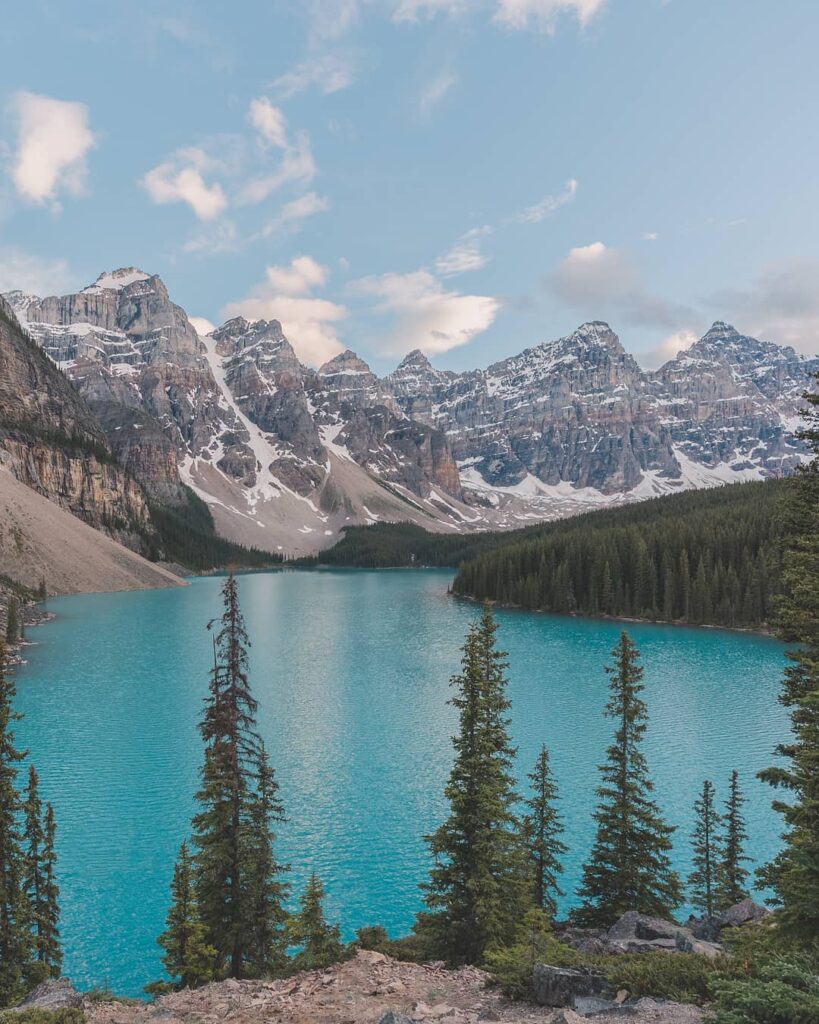
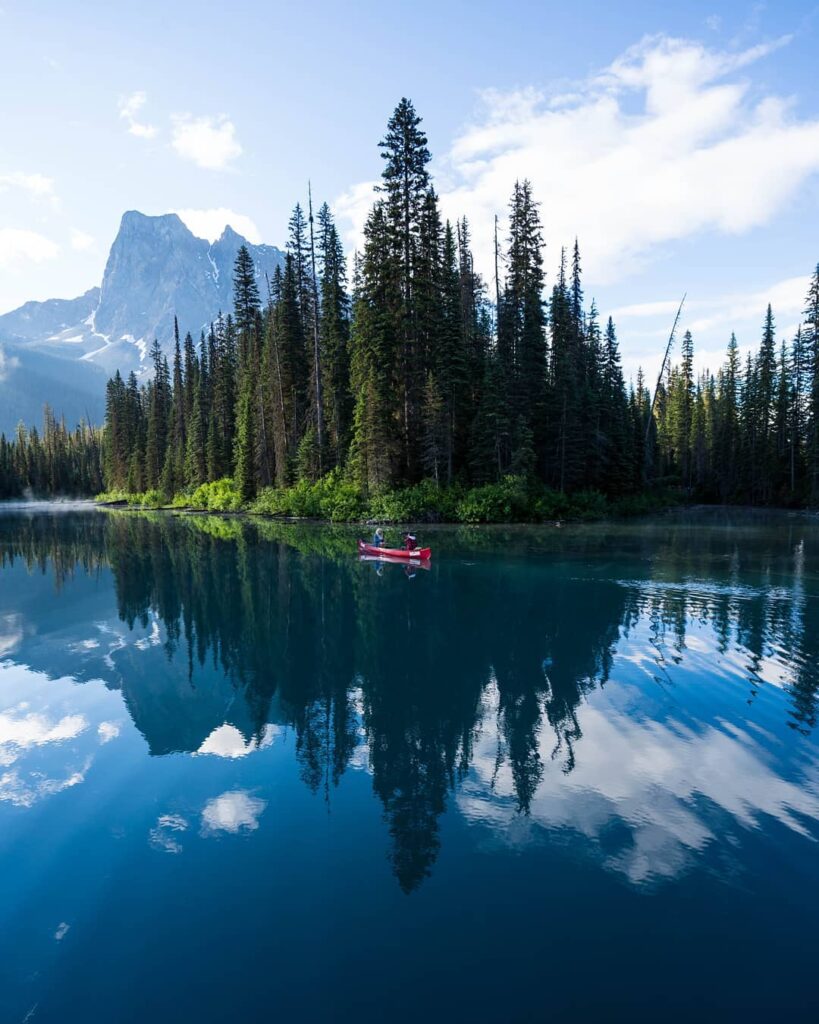
A force for good
Photography is a powerful medium that has an impact not only on the observers but also on the subjects being photographed. Clark took a lot of portraits early on. “I was shooting someone’s portrait and I showed them the back of my camera and they, they teared up. They were just emotional. It’s cool to be able to show people themselves in their best light.”
Imagery can also be used as a tool to bring awareness to social issues and can be a means of advocacy. Photographs have the power to capture a moment in time and tell a story, which can inspire change and motivate people to take action. Different locations require different approaches. Clark encourages photographers to consult with locals or experts to gain a deeper understanding of the cultural or social context of a location before photographing it. “We do a lot of work with Indigenous Tourism Canada and Indigenous Tourism Alberta. It’s vital to have a deeper understanding of the impact of what it is that you’re capturing, and the cultural significance of it.”
A shift in the mindset of photographers who venture out into nature is necessary, especially when the desire to capture the perfect shot can lead to neglecting the preservation of these locations. Clark wants to be an advocate for creatives. “The impact that I want to leave is to empower creatives to know the value of what they’re creating and capturing.”
That’s also why Clark’s participation in the Canon Creator Lab has been a humbling and fulfilling experience. “As a brand ambassador, educator, and host, I’ve had the opportunity to share my experience and connect with countless passionate creatives across the country over the past years. By fostering a collaborative and engaging educational environment and providing no-barrier access to professional-grade Canon camera equipment at in-person events, the program has provided endless opportunities, transforming the lives and careers of many aspiring photographers, and I am grateful to witness it firsthand.”
Clark also motivates photographers to practice “Leave No Trace” – a principle that encourages photographers to minimize their impact on the environment with the mantra “the only thing we take are photos, the only thing we leave our footprints.” In places where you’re showcasing tourism, there is an understanding that the goal is to drive more traffic to that location. “If there’s boundaries there, they’re there for a reason,” says Clark. Clark also sees it as an opportunity to flex your creative muscles. “There are people who will go and touch those ropes just to get the shot. it’s not worth it. There are other photos out there. There’s millions of photos out there.”
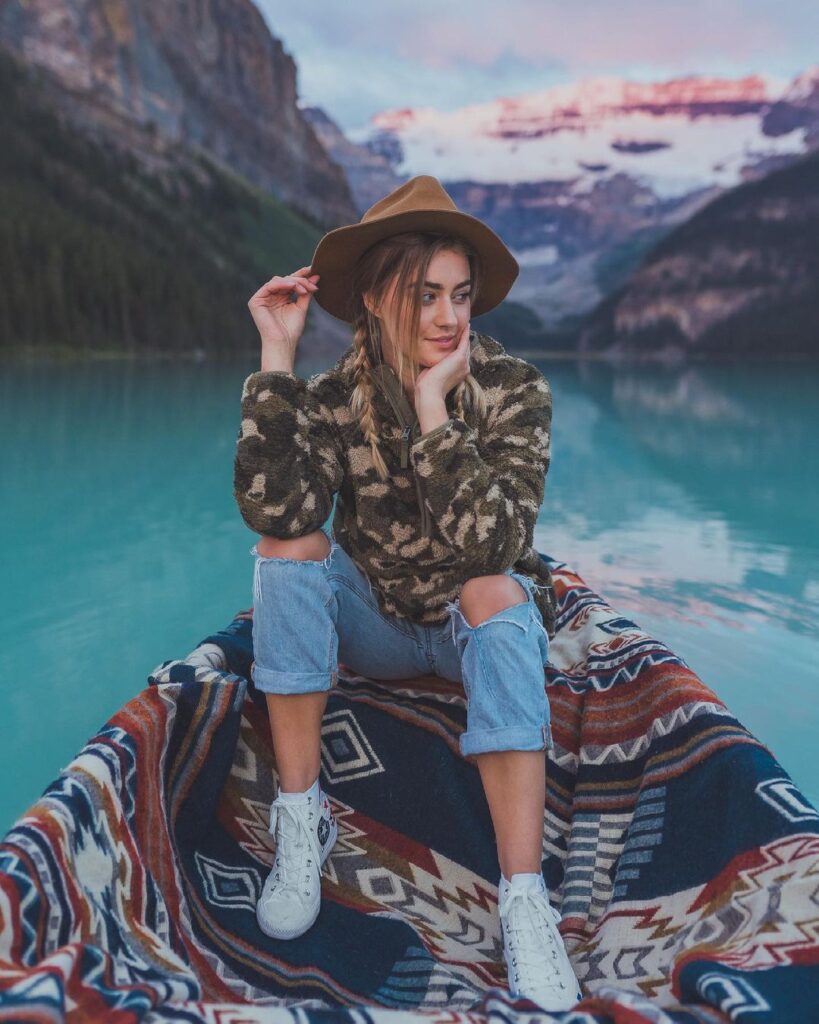
Fake camera and a real dream
That’s not to say that Clark hasn’t bent a rule or few to follow his dreams. “I come from a German household with high expectations. My career options growing up were engineer, doctor, accountant.”
It didn’t take long for Clark to realize that he wasn’t cut out to sit in an office from nine to five. In March 2020 he decided to attend a photographer retreat hosted by Canon with the intention of deciding whether to pursue photography full-time. Clark heard through the grapevine that there would be people from Canon attending as well. “I want to go and I want to meet these people,” Clark remarks. Only it wasn’t a lack of SD card that would get in his way or torrential downpour that would get in his way this time. “I was shooting on an old camera from a rival brand.”
Clark’s quick thinking led him to a crafty cover-up. “I concealed the make and model on my camera with Canon EOS R5 in painters tape and a Sharpie marker.”
In March 2020, when Clark attended the retreat the R5 was still but a whisper on the internet. After checking into the hotel the first person he bumped into said “I like your camera.” Clark responded that it was the new R5 prototype, not knowing this stranger was actually the Senior Marketing professional for Canon Canada.
After a few laughs (and admittedly nearly peeing himself) Clark told the executive “I learned everything I know about photography on my first camera, the Canon T4. And I’m really excited at what the rumoured R5 has in store.”
So when a few months later Clark later received an email from Canon asking if he’d like to work on a national campaign, the first of many, the response was a single word “Yes.” When it comes to photography there is no single path or destination. While imposter syndrome and lack of resources might make it feel like some avenues are roped off, sometimes all it takes to get your foot in the door is a little bit of tape and a lot of confidence.
